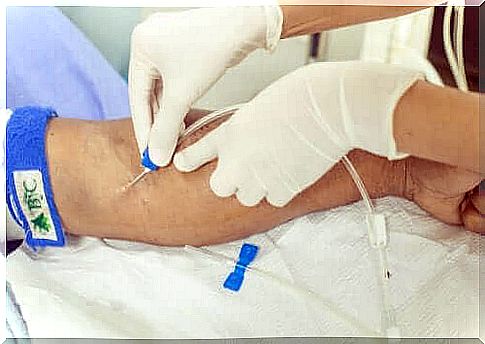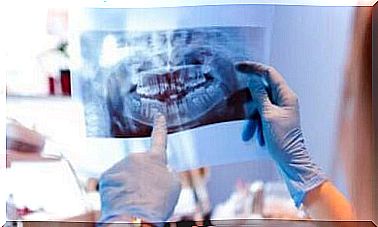Venous Blood Sampling: Everything You Need To Know

Venous blood sampling is a surgical procedure aimed at exposing the blood vessel in a body part or in the neck. This is done if you are going to insert a needle that may be a little short, or that should reach the vena cava or the right ventricle.
The access consists of a venous port that provides a safe and permanent access to a vein.
Therefore, experts recommend venous blood sampling in patients who need a cannula in the blood vessel and where performing only a capillary blood sample is impossible.
Medical professionals often use this in patients who need continuous administration of liquid medicine, for example in patients receiving chemotherapy. The procedure is also called phlebotomy.
The benefits of venous blood sampling
Venous blood sampling is an open surgical procedure. In the same process, the largest blood vessel in the arm is opened by medical professionals.
It can be a great benefit to the patient, with the following characteristics:
- Experts can insert long catheters with direct access to the blood vessel
- In this way, they can administer chemotherapy, intravenous nutrition, and also hypertonic solutions
- They can place the end of the catheter in the middle of the blood vessel
- Using the catheter, professionals can test the central venous pressure
- The catheter can sit in the arm for a long time, even over several years
It is also important to mention that since the professionals can place the end of the catheter in a large blood vessel or the right ventricle, they can also prevent the development of sclerosis and varicose veins.
Both disorders can develop when these treatments come via blood transfusion into a main artery, using short catheters.
Techniques for insertion of venous port

The first thing to think about in order to implement the technique is the patient’s position. It will depend on the place the doctors choose for this procedure.
When it comes to adults, the automatically selected area will be the anteromedial part of the arm. Or, to put it simply, over the elbow. The goal here is to gain access to the large blood vessel in the arm. Other common places are also:
- The external jugular veins in the neck
- The large blood vessel in the larynx
- On the inside of the thigh
If the patient is a child, the process focuses on part of the largest blood vessel in the leg. This means one centimeter above and in front of the inner or middle ankle bone.
It is important to point out that if the patient’s condition allows it, the surgeon should always explain the procedure and get consent before starting.
After choosing the place where the medical professional will perform the procedure, they then place the patient in the correct position. If the procedure is to be performed in the arm, ie on the inside of the elbow, they will secure the arm in the right position.
Complications

In general , the complications associated with this technique are based on the surgical procedure that follows. Thus, the surgical risks are related to the on-site catheter or postoperative risks, which usually occur during postoperative treatment.
First, these are the most common surgical complications:
- Difficulty identifying a vein, or not finding it at all
- Blood vessel rupture – in this case, serious consequences can occur
- Difficulty moving the catheter
In addition, postoperative complications are based on the catheter’s location in the blood vessel. This can happen due to poor treatment or that it is in there for long periods. The risk is as follows:
- Venous thromboembolism
- Phlebitis – This problem occurs when the catheter stays in the blood vessel for a long time
- Accumulation of pus in the surgical wound – this is usually due to infected hematomas which, in the worst case, can lead to blood poisoning
Therefore, good postoperative treatment is fundamental. For example, professionals recommend that you handle the catheter with a sterile gauze bandage. In this way , bacterial colonization can be avoided, and the catheter remains during handling or when the patient is moved.









